-
 Frederick Taylor decides to time workers at the Midvale Steel Company for their rated output.
Frederick Taylor decides to time workers at the Midvale Steel Company for their rated output. -
 The Taylor Society publishes a revised and updated practitioner's manual: Scientific Management in American Industry.
The Taylor Society publishes a revised and updated practitioner's manual: Scientific Management in American Industry. -
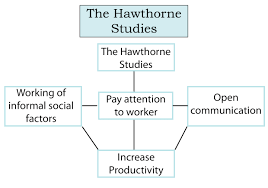 Elton Mayo becomes the first to question the behavioral assumptions of scientific management. The studies concluded that human factors were often more important than physical conditions in motivating employees to greater productivity.
Elton Mayo becomes the first to question the behavioral assumptions of scientific management. The studies concluded that human factors were often more important than physical conditions in motivating employees to greater productivity. -
 Social scientist Kurt Lewin launches the Research Center for Group Dynamics at the Massachusetts Institute of Technology.
Social scientist Kurt Lewin launches the Research Center for Group Dynamics at the Massachusetts Institute of Technology. -
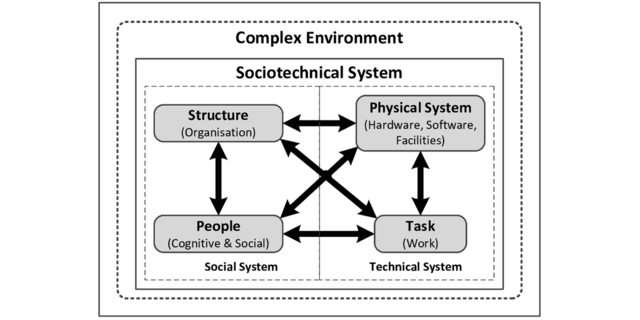 A group of researchers from London's Tavistock Institute of Human Relations, led by Eric Trist, studied a South Yorkshire coal mine in 1949. Their research leads to the development of the Sociotechnical Systems Theory, which considers both the social and the technical aspects when designing jobs. It marks a 180-degree departure from Frederick Taylor's scientific management. There are four basic components to sociotechnical theory.
A group of researchers from London's Tavistock Institute of Human Relations, led by Eric Trist, studied a South Yorkshire coal mine in 1949. Their research leads to the development of the Sociotechnical Systems Theory, which considers both the social and the technical aspects when designing jobs. It marks a 180-degree departure from Frederick Taylor's scientific management. There are four basic components to sociotechnical theory. -
 Maslow's hierarchy of needs theory is published in his book Motivation and Personality. This provides a framework for gaining employees' commitment.
Maslow's hierarchy of needs theory is published in his book Motivation and Personality. This provides a framework for gaining employees' commitment. -
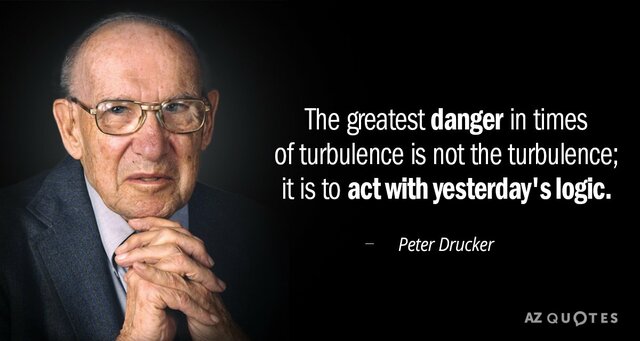 Peter Drucker writes The Practice of Management and introduces the five basic roles of managers: Setting Objectives and Planning
Peter Drucker writes The Practice of Management and introduces the five basic roles of managers: Setting Objectives and Planning
Organizing the Group
Motivating and Communicating
Measuring Performance
Developing People (including himself or herself) -
 Douglas McGregor's Theory X and Theory Y principles influence the design and implementation of personnel policies and practices.
Douglas McGregor's Theory X and Theory Y principles influence the design and implementation of personnel policies and practices. -
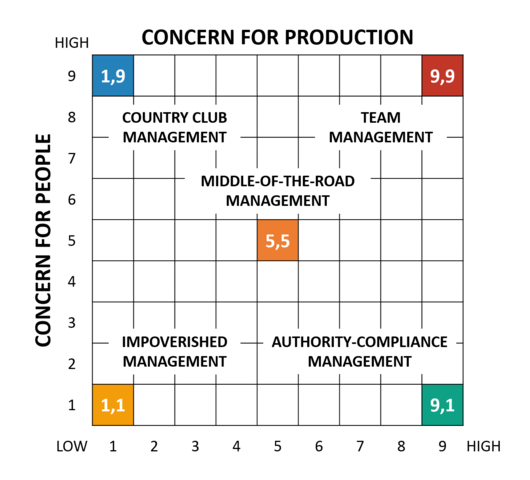 Robert Blake and Jane Mouton develop a management model that conceptualizes management styles and relations. Their grid uses two axes: "concern for people" is plotted using the vertical axis and "concern for task" is along the horizontal axis. The notion that just two dimensions can describe managerial behavior has the attraction of simplicity.
Robert Blake and Jane Mouton develop a management model that conceptualizes management styles and relations. Their grid uses two axes: "concern for people" is plotted using the vertical axis and "concern for task" is along the horizontal axis. The notion that just two dimensions can describe managerial behavior has the attraction of simplicity. -
 Tom Gilbert publishes Human Competence: Engineering Worthy Performance. It describes the behavioral-engineering model that became the bible of performance technology.
Tom Gilbert publishes Human Competence: Engineering Worthy Performance. It describes the behavioral-engineering model that became the bible of performance technology. -
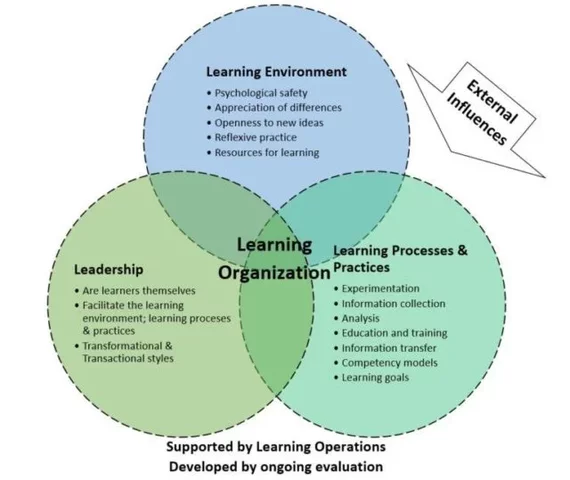 Peter Senge popularized the Learning Organization in The Fifth Discipline: The Art and Practice of the Learning Organization. He describes the organization as an organism with the capacity to enhance its capabilities and shape its own future.
Peter Senge popularized the Learning Organization in The Fifth Discipline: The Art and Practice of the Learning Organization. He describes the organization as an organism with the capacity to enhance its capabilities and shape its own future.